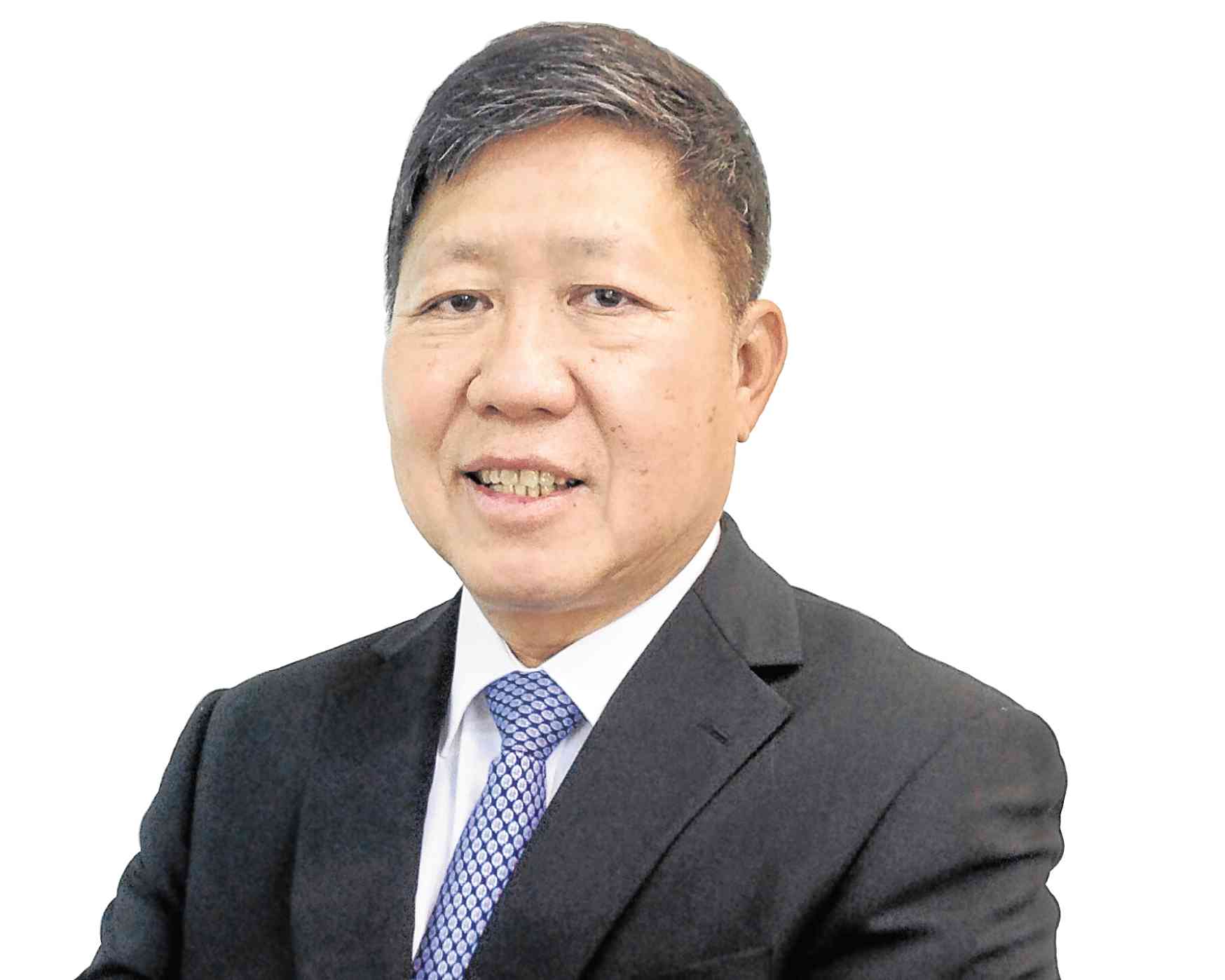Benjamin Yao is chair and CEO of SteelAsia, the flagship steel company of the Philippines. SteelAsia manufactures nearly one out of every two steel bars installed in construction, and supplies about 80 percent of the rebar needs for infrastructure.
The company is investing over P100 billion in the first phase of a program to develop a more robust steel industry in the Philippines.
This kind of development initiative is vital to the inclusive economic growth of any country, as seen in the leading economies and industrialized nations.
Here are four lessons I learned from SteelAsia on how it attained and maintained customer satisfaction, customer loyalty and competitive advantage.
- From commodity to differentiation—SteelAsia supplies over two million tons of rebars a year. Rebar is in the lowest tier of steel manufacturing and is typically a commodity. By investing in technology, they not only improved productivity, efficiency, cleanliness, quality, movement and handling, and lower costs with better environmental friendliness, but it also allowed them to be differentiated as a company by providing higher value to their customers. With over 200 stock keeping units used in many combinations depending on the structural design, customers no longer need to manage their own rebar logistics.
SteelAsia offers quick modification of specifications as well as immediate service to address the urgent needs of customers who need help with stocks management to avoid double handling of rebars.
- From transaction to total solutions provider—The technology that SteelAsia invested in has evolved into other rebar solutions, shifting the ‘outsourcing’ of rebar management from the customers to SteelAsia. This enables their customers to focus on their real business.
- From higher provincial pricing to one-price pricing—Manila to Cebu shipping costs about the same as Russia to the Philippines. Regionalization of rebar mills enables SteelAsia to not only cut down on high shipping cost and pass on savings to customers, but also allows their customers to simply pick up rebars from their local mill. This regionalization paired with the invested technology allows SteelAsia to have competitive costs, among the best in the world.
- From centralized growth to inclusive growth model—The regionalization allows SteelAsia to hire, develop and work with local communities, suppliers and service providers because they too have a long-term stake in the business.
We tend to focus on only marketing and business strategies, but not so much on the human side of the strategists.
Here are five traits of the principal strategist behind SteelAsia, Benjamin Yao.
- Grit—During the 1997 Asian financial crisis, Steel Asia suffered a double whammy—they had both the biggest manufacturing capacity in a shrunken market and the biggest dollar debt with the peso rapidly devaluing. They were still able to come up with innovations despite this, and they were able to overcome the crisis through the restructuring of their debt payment schedule—14 years to pay, banking on trust that the growth of the Philippines was certain. By 2005, SteelAsia was able to produce 260,000 tons of steel. By 2016, they were able to grow nine times bigger, enough to manufacture 2.3 million tons.
- Optimism—The financial woes during the 1997 Asian financial crisis affected the whole steel industry. None of SteelAsia’s competitors were eager to invest in modernization and expansion. SteelAsia saw an opportunity during this crisis—they continued to modernize, while competitors were waiting to see if they would get into trouble again. But they didn’t. This is part of the reason why other than SteelAsia, there is not much investment in the Philippine steel industry despite the strong and growing demand for steel.
- Patience—Building a steel factory entails a long process of government approvals. Many of these government agencies have long and sequential processes, and you are never quite sure until the approval paper is finally in the hands of the company. With rare exception, it is also usually difficult in the local government unit level since politicizing investments is common. Sometimes it can take up to two years for them to decide.
- Vision—SteelAsia already has a market share of over 50 market. Their medium-term goal by 2023 is to be able to make 3 million tons of steel using scrap recycling technology. This will create 50 percent self-sufficiency in steelmaking, as they anticipate their finished steel capacity to quadruple by 2023. The process will allow the Philippines to have the most modern steel industry in the world, while continuing the growth strategy through import substitution.
Phase 1 of their five-year development road map is a P100-billion investment plan to install mills that produce products like beams, sheet piles, wire rods, billets, plates and many more.
- Big picture thinking—Once you zoom out to see the bigger picture, the import substitution strategy of SteelAsia will result in dollar savings for the Philippines to the tune of about $4 billion a year, thus preserving value in the Philippines, instead of exporting raw material and importing finished goods.
The expansion will create over 60,000 new jobs (10,000 within the company, and an estimated 50,000 in support industries), with most positions not requiring college degrees, helping employ those otherwise difficult to employ, as well as provide job opportunities for skilled overseas Filipino workers so they can return home to be with their families, reducing potential social problems.
Understanding the strategist behind the strategies enables us to observe strategy formulation and implementation at its best.
A successful strategist sees and thinks differently in the midst of challenges and even crisis, and this enables him/her to do things differently.
This is what marketing and business rock stars and legends are made of. —CONTRIBUTED


